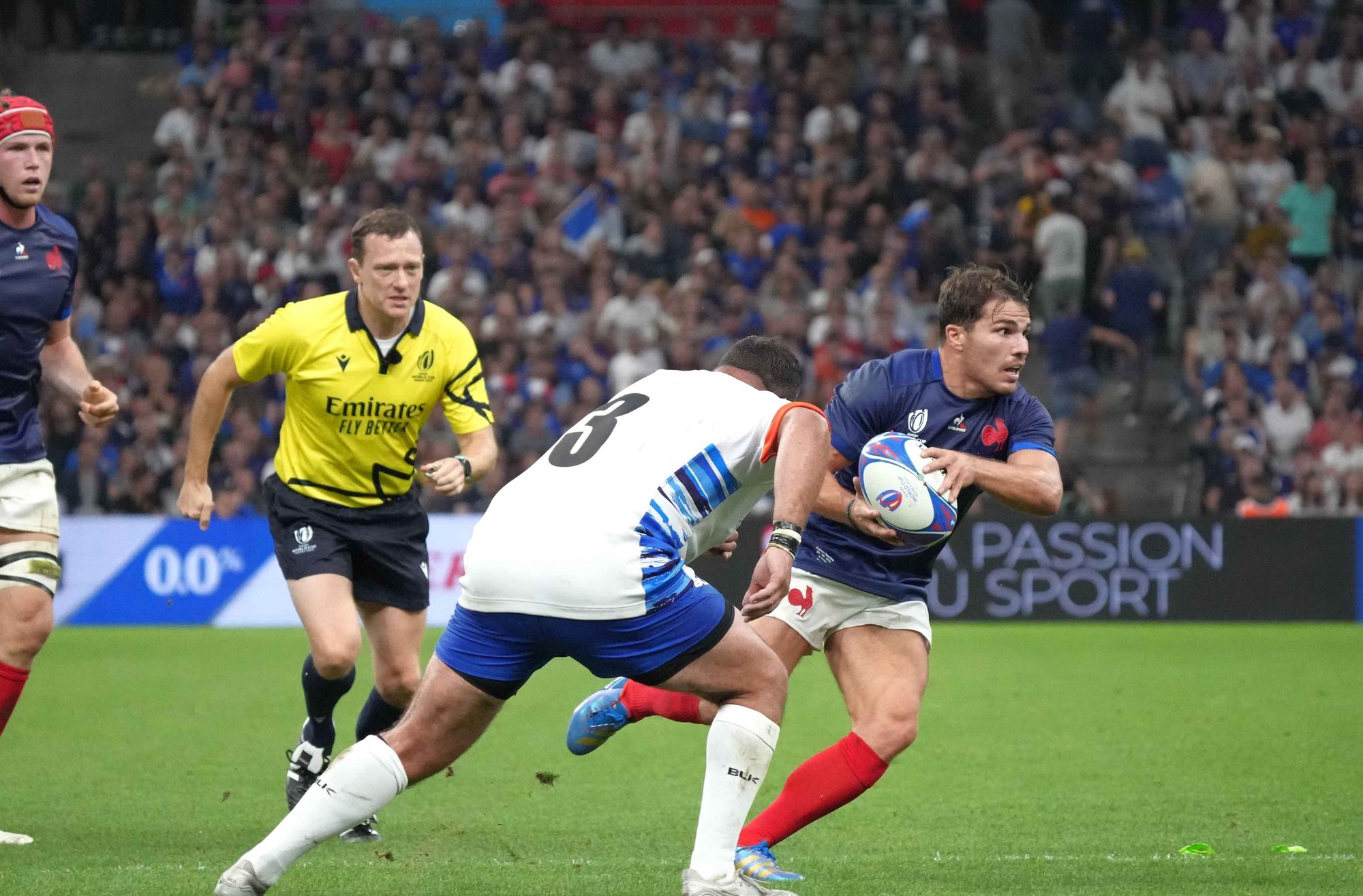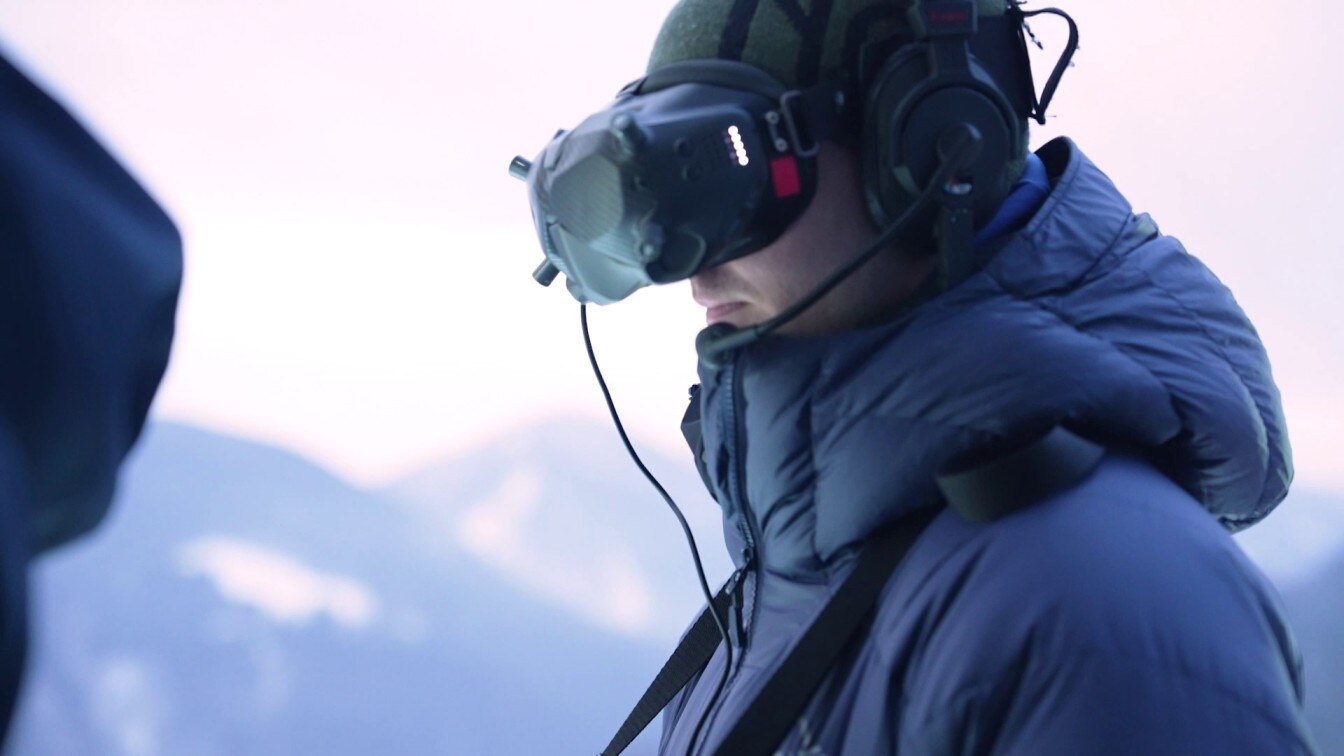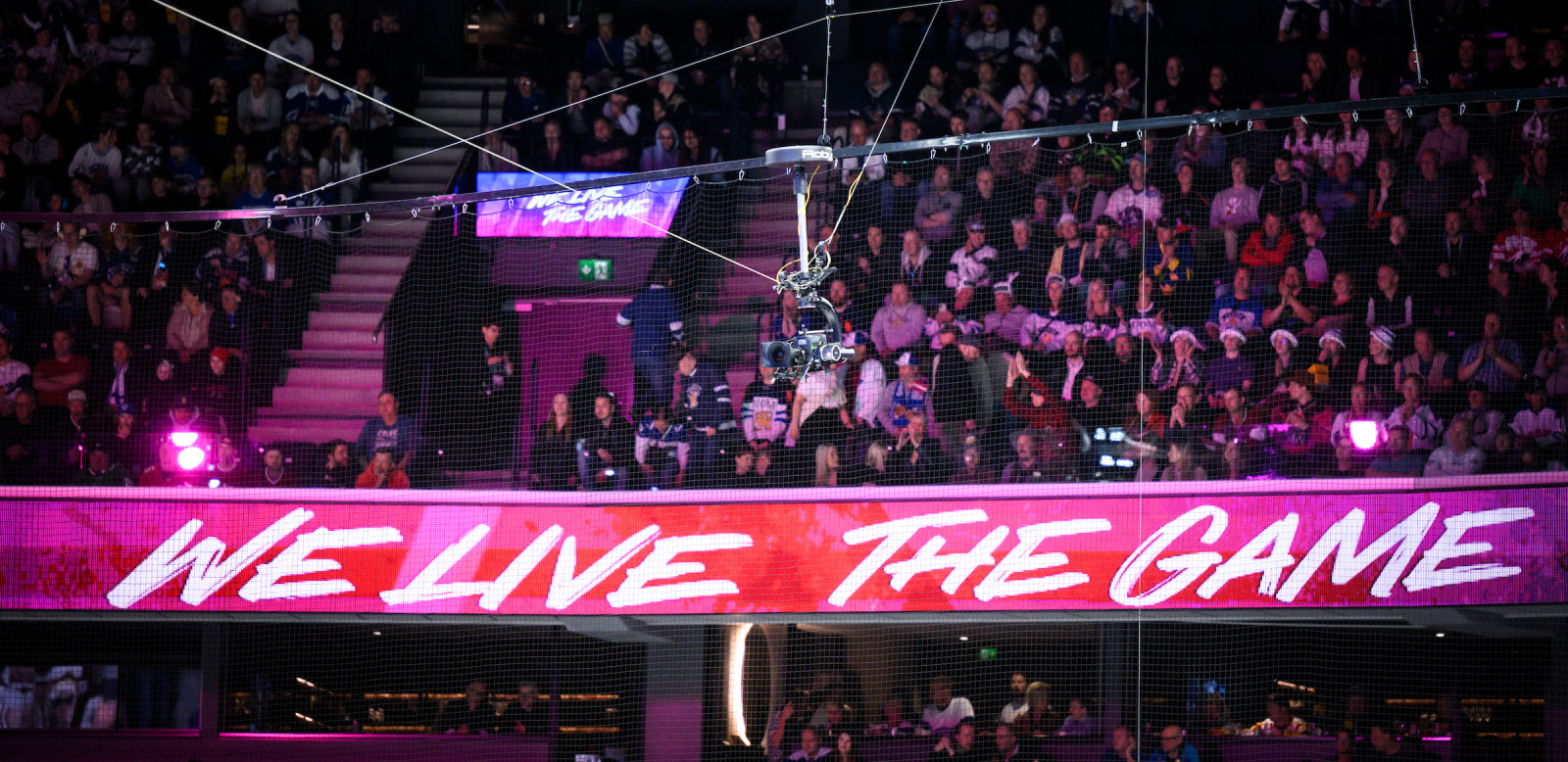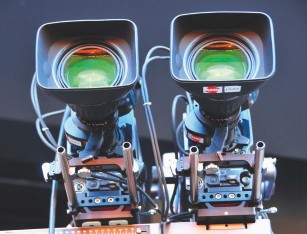HBS recently provided broadcasting website IBC a behind the scenes tour at Rugby World Cup 2023 in France. For the second time HBS is the host broadcaster, continuing its collaboration with World Rugby and making them responsible for bringing the world’s biggest rugby event to fans around the world.
Anticipation soars in France
Rugby World Cup 2023 is more than a mere sporting event for France; it's a national moment. “This reminds me of the excitement in the build-up to 1998 when France hosted the football World Cup,” said Julien Bertin, Executive Producer at HBS. “If France performs on the pitch anywhere near as well as [the team who won in 1998], the more the excitement will build; this is a huge opportunity for France as a country.”
.jpg?width=1168&height=653&name=Drone%20Camera%20(1).jpg)
Evolution in broadcast technology
Advancements in technology have been immense since the last World Cup in 2019, where HBS was a joint host broadcaster in its role with IGBS. Since then, it has built on the technology being used to ensure World Rugby receives the best possible result for fans.
"It has been a pleasure to work alongside HBS with the planning of RWC 2023, where we feel the broadcast of rugby will be shown in an innovative and exciting way bringing viewers closer to the game than ever before,” said Steve Jamieson, World Rugby Executive Producer.
The standard camera plan has been significantly enhanced with the addition of cable-cams, drones, and cine-style cameras for every match. These upgrades promise to deliver a more immersive experience for viewers.
.jpg?width=1194&height=671&name=Cable%20Camera%20(1).jpg)
Emotion in every frame
The introduction of mirrorless cameras, which are lighter and capture high-definition images, means that emotions can now be captured like never before.
“We felt it was important to include them in our coverage,” Bertin added. “Rugby has lots of stops in play where you can use them.”
These cameras are deployed for the emotionally charged national anthems and other intimate moments such as fan close-ups and on-field player celebrations.
.jpg?width=1167&height=657&name=Cine-Style%20Camera%20(1).jpg)
Cable-cams have also offered a unique vantage point for viewing the game and feature in every venue for the first time in the history of the tournament.
“You can place it overhead to see tactical movements, you can position it on the line out and at kick-off and we’ll be using it for every penalty kick and conversion kick,” Bertin explained.
These aerial perspectives provide viewers with a comprehensive understanding of tactical plays, a benefit for both casual fans and purists alike.
The event is also embracing a digital-first methodology. Unlike in 2019 where digital output was post-produced, dedicated teams are at each game capturing real-time content. Live linear content still holds its importance, but the accent is shifting towards more immediate digital platforms.
An insight into decisions
Another aspect where rugby shines is in its regard for match officials. Broadcasters are focusing on audio snippets from the Match Official, enhancing the clarity of game rules for viewers. “The Match Official is our number one commentator when it comes to the rules,” adds Bertin.
This also extends to the Team Match Official (TMO) cabins, or bunkers as they have come to be known. Fans are now taken into the room through two cameras, bringing a level of transparency to the game that’s rare in sports broadcasting. The intention here is to offer viewers an inside look at key decisions as they're made.
The 2023 Rugby World Cup provides not just sporting thrills but an unprecedented viewer experience. The detailed planning and technological innovation suggest a transformative impact on how we experience rugby. For rights holders, these advancements offer new vistas for engagement and monetisation. As Bertin concluded, “I feel proud to play my part in making this tournament a success, as we all do at HBS. It would feel a missed opportunity not to give it 500%.”
The stage is set, and the world is watching. One thing is clear: this is not just about rugby; it's about the future of sports broadcasting itself.




.jpg?width=1168&height=653&name=Drone%20Camera%20(1).jpg)
.jpg?width=1194&height=671&name=Cable%20Camera%20(1).jpg)
.jpg?width=1167&height=657&name=Cine-Style%20Camera%20(1).jpg)




